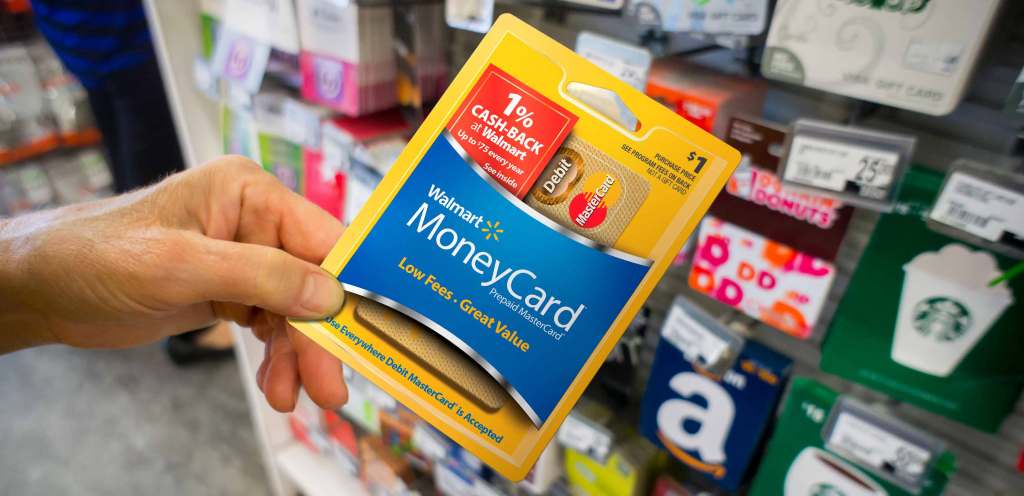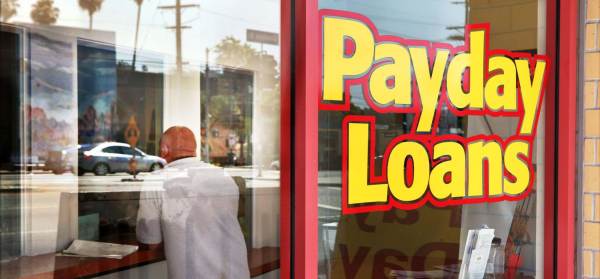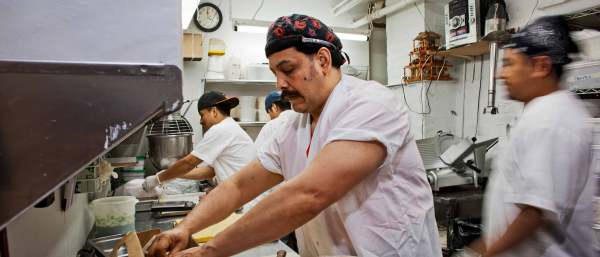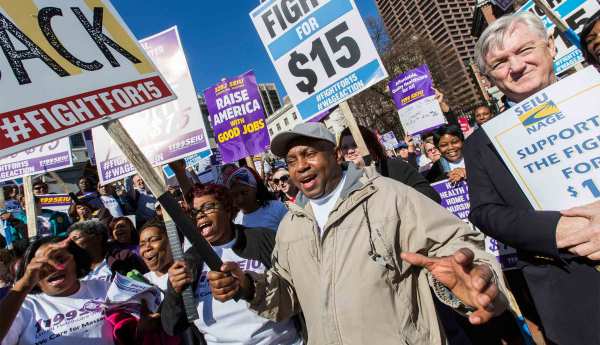 Richard B. Levine/Newscom
Richard B. Levine/NewscomEach week, nearly one-third of the US population visits a Walmart store. As is the case with nearly half of all Americans, many of these shoppers have $400 or less in savings. In fact, one in six Americans says he or she is unprepared for a financial emergency, and only half feel financially secure. A third say they have no savings at all, according to a recent Pew survey.
But what if there were a way for a company like Walmart to encourage its millions of customers to save more and build their financial security? The big-box store recently did so with the launch of Prize Savings—a cash-prize program that allows customers to earn chances to win cash by putting money into savings. The program is linked to Walmart’s prepaid MoneyCard, which is used by millions of Americans. The more a cardholder saves, the more chances he or she gets to win one of 500 monthly cash prizes.
The idea for Walmart’s Prize Savings program actually came from almost a decade of work spearheaded by my organization, Commonwealth (a Ford grantee), working with partners in financial services, philanthropy, academia, and nonprofits.
So how did our eclectic group influence the world’s largest company and lead it to help its customers build more savings?
Commonwealth and fellow Ford grantees the Center for Financial Services Innovation (CFSI) and the Filene Research Institute organized a pilot test of prize-linked savings back in 2009. The idea was to harness the excitement and draw of the $74 billion US state lottery industry and leverage it to encourage people to save their money. The resulting Save to Win program came to market at eight credit unions, with the backing of the Michigan Credit Union League. In less than a year, it was clear that:
- People liked the concept (nearly 12,000 opened accounts);
- People would use it to save (over $8.5 million in total, an average of $732 for each accountholder); and
- People were better off as a result (almost 65 percent reported never having had a long-term savings account before).
Most important, Save to Win attracted those who stood to benefit from it most: people with low incomes (44 percent), nearly no savings (61 percent), and no savings plan (56 percent).
We chose Michigan for the pilot project because that state had a unique law on the books that made the product legal for credit unions. To enable a move from pilot success to scale impact, policy in other places would have to change. Over the next few years, Commonwealth supported advocates in 22 states in enacting legislation to enable prize-linked savings products and worked with members of Congress to pass the American Savings Promotion Act, which removed federal prohibitions on banks being involved in prize-linked savings programs.
When Walmart senior vice president Daniel Eckert attended a prepaid-card industry convening organized by Commonwealth, CFSI, and the Federal Reserve Bank of Boston, he recognized the potential for many Walmart customers to begin building basic financial security through this new tool. He realized that both Walmart and its shoppers benefit from greater family financial security and from less time and money being absorbed by financial worry and management.
Walmart partnered with prepaid leader Green Dot to build its prize-linked savings product, consulting Commonwealth for our design experience in implementing such a product. The result has been the first ever national retail-based prize-linked savings offering. After just a few months, use of the MoneyCard saving feature had spiked, up more than 130 percent, with users saving 35 percent more on average.
These results are already making a difference for real working families, and we expect the impact to continue growing. But just as important, the success of Walmart’s Prize Savings program demonstrates that household financial security matters to stakeholders other than advocates and nonprofits. It shows that companies and the private sector can and should support their customers, workers, and communities in building savings and security. And we all should consider more creative and unorthodox solutions to this persistent challenge, ones that are specifically designed to engage and excite people about saving. Other companies are already paying attention to Walmart’s program and are considering their own options for prize-linked saving products. This is one important way to create real system change and solve problems—through action and imitation.
For those of us in the social sector, there is another important lesson worth noting. Powerful ideas do not always come from the private and public sectors. In fact, some of the best ideas and innovations require the unique capabilities of mission-driven organizations backed by philanthropy: the capabilities of creativity, patience, risk tolerance, deep familiarity with underserved markets, and a commitment to social impact. No Fortune 100 company would have launched Prize Savings in 2009, the year in which Commonwealth organized the Save to Win pilot. The concept was unproven, the upside too uncertain, and—in that year especially, at the heart of the financial crisis—other pressing business demands too great. But critically, once the concept had proven results and impact, a company like Walmart, with retail stores within 15 minutes of 90 percent of the US population, was ready to launch the product and scale its impact.
As we look for ways to build inclusive economies, tackle inequality, and foster “high road” business practices, investments that catalyze major partners and unlock actions that otherwise would not have occurred are a wise use of social sector energy and philanthropic dollars. We hope this approach can be used to lead and influence others, from government to employers, to create innovative solutions to big social problems.




